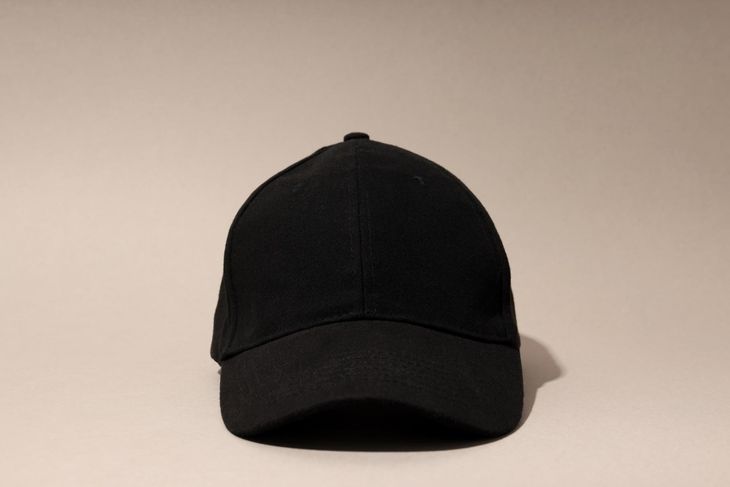The use of this garment reflects emotions, identity and social status, according to cultural psychology. It is also seen as a symbol of resistance to some traditions.
The use of caps was initially popularized with the aim of protecting the face from sun damage and became a reflection of cultural, social and emotional aspects in Latin American countries. Although it seems like a common accessory, Psychology attributes deep meanings to this everyday object that can reveal information about the identity and emotions of the user.
The content you want to access is exclusive to subscribers.
The cap as an emotional and social shield
According to him SJ College of Psychologiststhere are at least three main interpretations about the use of this multifaceted accessory:


- Emotional protection: The cap can be perceived as a “shield” from the environment, providing a feeling of security or even anonymity to the wearer.
- Expression of identity: This object is also linked to belonging to a social, cultural or subcultural group, such as fans of a sport or a specific musical genre.
- Social status indicator: Depending on the design, brand or material, such as leather, the cap can reflect the socioeconomic position of the wearer.
Furthermore, its daily use can be linked to emotional states. For example, Those who use this accessory to hide a bad hairstyle could be showing insecurity with their appearance.. Even sleeping with the cap on could signal a desire for constant protection.
cap

In urban contexts, the cap has also been adopted as a symbol of resistance.
The cap as a symbol of identity and rebellion
The desire for self-expression is another reason behind the use of this accessory. Many use it as a declaration of belonging, resistance or presence, in the face of social norms of etiquette.. The psychologist Karen J. Pine, author of ‘Mind What You Wear: The Psychology of Fashion‘, points out that “This behavior may respond to a need to express individuality and affirm personal identity.”
An accessory with psychological meaning
This object directly influences the perception that a person has of themselves. By offering a kind of “symbolic protection”some people find the cap a tool to strengthen their confidence by feeling less exposed. In that sense, beyond being an aesthetic complement, This element can become an extension of the personality and a representation of the connection between emotions and appearance.
Source: Ambito
I am Pierce Boyd, a driven and ambitious professional working in the news industry. I have been writing for 24 Hours Worlds for over five years, specializing in sports section coverage. During my tenure at the publication, I have built an impressive portfolio of articles that has earned me a reputation as an experienced journalist and content creator.




